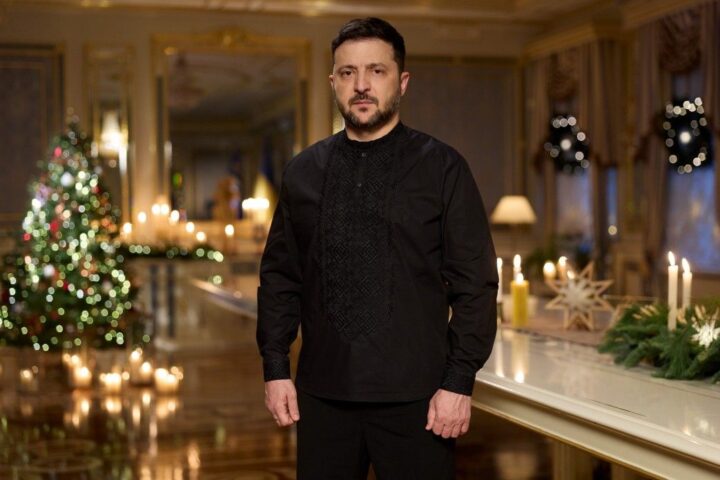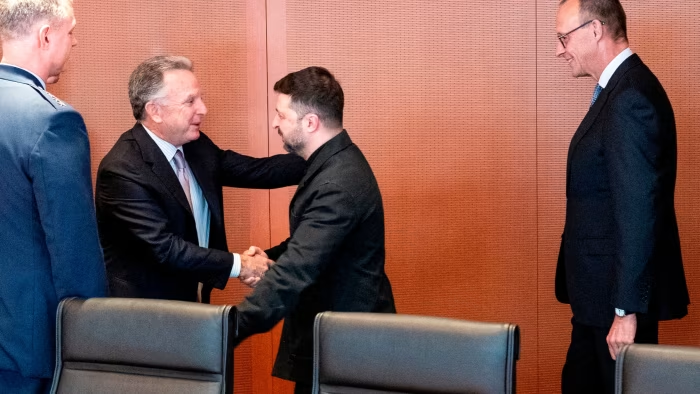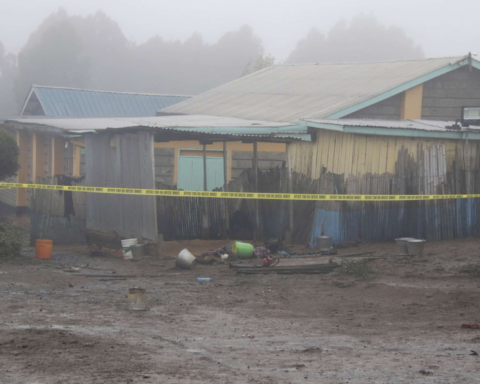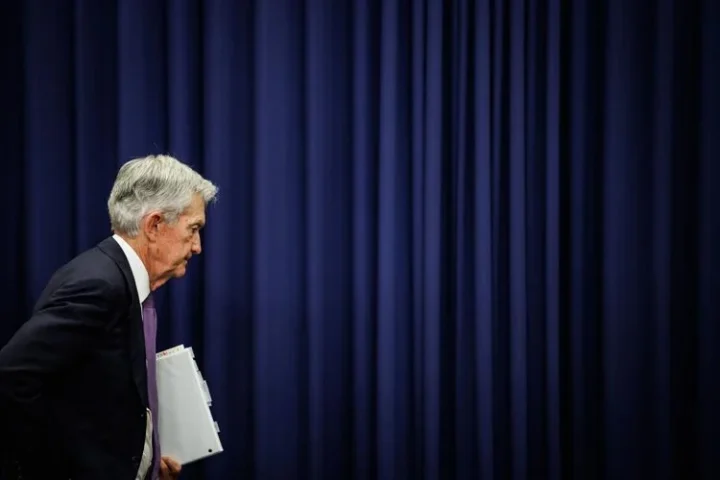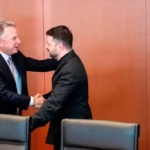As geopolitical tensions rise, NATO’s defense production capacity is under scrutiny—especially compared to Russia’s increasingly aggressive military output. NATO Secretary General Mark Rutte recently made headlines by stating that “Russia produces three times more ammunition in three months than NATO does in a year.” While dramatic, this claim appears to be an overstatement.
There is no doubt that Russia has significantly ramped up weapons production since its full-scale invasion of Ukraine. Moscow has focused heavily on increasing the supply of tanks, missiles, and low-cost drones—much of it achieved by refurbishing vast Soviet-era stockpiles and mobilizing domestic manufacturing on a wartime footing. These efforts have helped sustain Russian forces in Ukraine, despite Western sanctions and export controls.
In particular, Russia’s output of Shahed-style kamikaze drones and artillery shells has surged, supporting its strategy of attritional warfare. Its tank production—while partly relying on outdated chassis—has also been accelerated, with the defense sector increasingly centralized under direct government control.
However, NATO’s broader industrial base still vastly outstrips Russia’s in key areas. The alliance holds overwhelming superiority in advanced combat aircraft, precision-guided munitions, naval assets, and high-tech artillery systems. While NATO countries have been slow to mobilize defense industries at full scale, their latent capacity—especially in the U.S., Germany, and the UK—could far exceed Russian production in the event of a prolonged or direct conflict.
Additionally, NATO benefits from deeper technological integration, cross-border supply chains, and a diversified defense ecosystem that can adapt rapidly with the right political will. For example, joint procurement programs and initiatives to streamline ammunition production across Europe are underway, albeit not yet matching the urgency of the battlefield.
The core challenge for NATO is not a lack of resources, but the peacetime inertia of its military-industrial complex. While Russia operates on a wartime economy, most NATO members still work under peacetime procurement models, which slows response and scalability.
In summary, while Russia currently leads in certain categories of mass military output—especially cheap and expendable systems—NATO’s overall capabilities and long-term production potential remain far superior. The real question is whether the alliance can coordinate and accelerate its defense efforts fast enough to deter future threats, or if it will continue to play catch-up against an adversary already mobilized for war.



